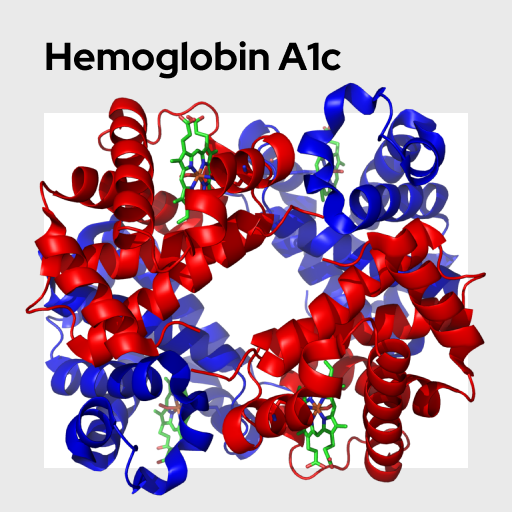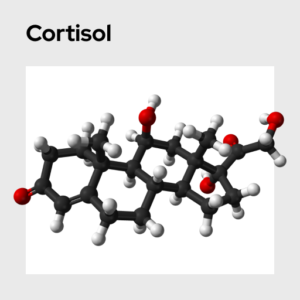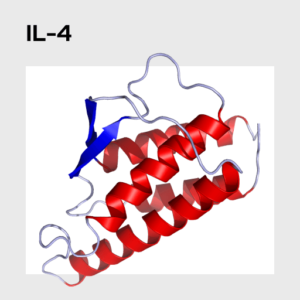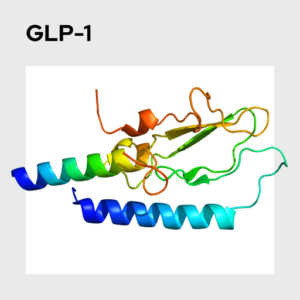Hemoglobin A1c (HbA1c)
Hemoglobin A1c (HbA1c) is often measured to estimate what a person’s average blood sugar levels have been over a period of months. It is frequently used to assess how well blood sugar is being controlled in patients with diabetes and can be an index of appropriate glucose regulation.
Name: HbA1c
Category: Hunger and Satiety
Type of Test: Blood
Hemoglobin (Hb) is an iron-rich protein found in red blood cells, and it is responsible for carrying oxygen from the lungs to bodily tissues. When glucose builds up the bloodstream, it binds to (glycosylates) hemoglobin. In turn, this binding forms Hemoglobin A1c (HbA1c, glycohemoglobin), more commonly referred to as "A1c". The more glucose present in the bloodstream (high blood sugar), the more hemoglobin is glycosylated.
HbA1c can be quantified in serum / plasma samples. Testing for HbA1c provides a running average of an individual's blood sugar over two to three months by determining the percentage of glycosylated hemoglobin. HbA1c test results are presented as a percentage ranging from 4-14%, and each percentage corresponds to an average blood sugar amount. For example, an HbA1c result of 4% corresponds to an average blood sugar of about 68 mg/dl. A healthy individual typically ranges from 4 - 5.7%, while higher percentages indicate “pre-diabetes” (5.7-6.4%) or diabetes (6.4% or higher).
HbA1c tests differ from individual blood glucose tests in that blood glucose provides information about a specific moment in time, whereas HbA1c provides a more complete picture of an individual’s average blood glucose over time. HbA1c testing is critical for individuals with diabetes, as it provides a measure of how they are managing their blood sugar levels over a period of months. Moreover, HbA1c testing is not exclusive to diabetics, and it can be a useful biomarker within psychological and biological research. The running average of individuals’ blood sugar levels may reveal important information about their physiological and psychological health. For example, HbA1c levels have been linked to aspects of cognitive function, emotional processing, mental illness, and overall metabolic health.
Helgeson, V., Kunz Vaughn, A., Seltman, H., Orchard, T., Libman, I., & Becker, D. (2018). Trajectories of Glycemic Control Over Adolescence and Emerging Adulthood: An 11-Year Longitudinal Study of Youth With Type 1 Diabetes, Journal of Pediatric Psychology, 43, 8–18. https://academic.oup.com/jpepsy/article/43/1/8/3828730
Marden, J. R., Mayeda, E. R., Tchetgen Tchetgen, E. J., Kawachi, I., & Glymour, M. M. (2017). High Hemoglobin A1c and Diabetes Predict Memory Decline in the Health and Retirement Study. Alzheimer disease and associated disorders, 31, 48–54. https://doi.org/10.1097/WAD.0000000000000182
Weykamp, C. (2013). HbA1c: a review of analytical and clinical aspects. Annals of Laboratory Medicine, 33, 393-400. https://pubmed.ncbi.nlm.nih.gov/24205486/






